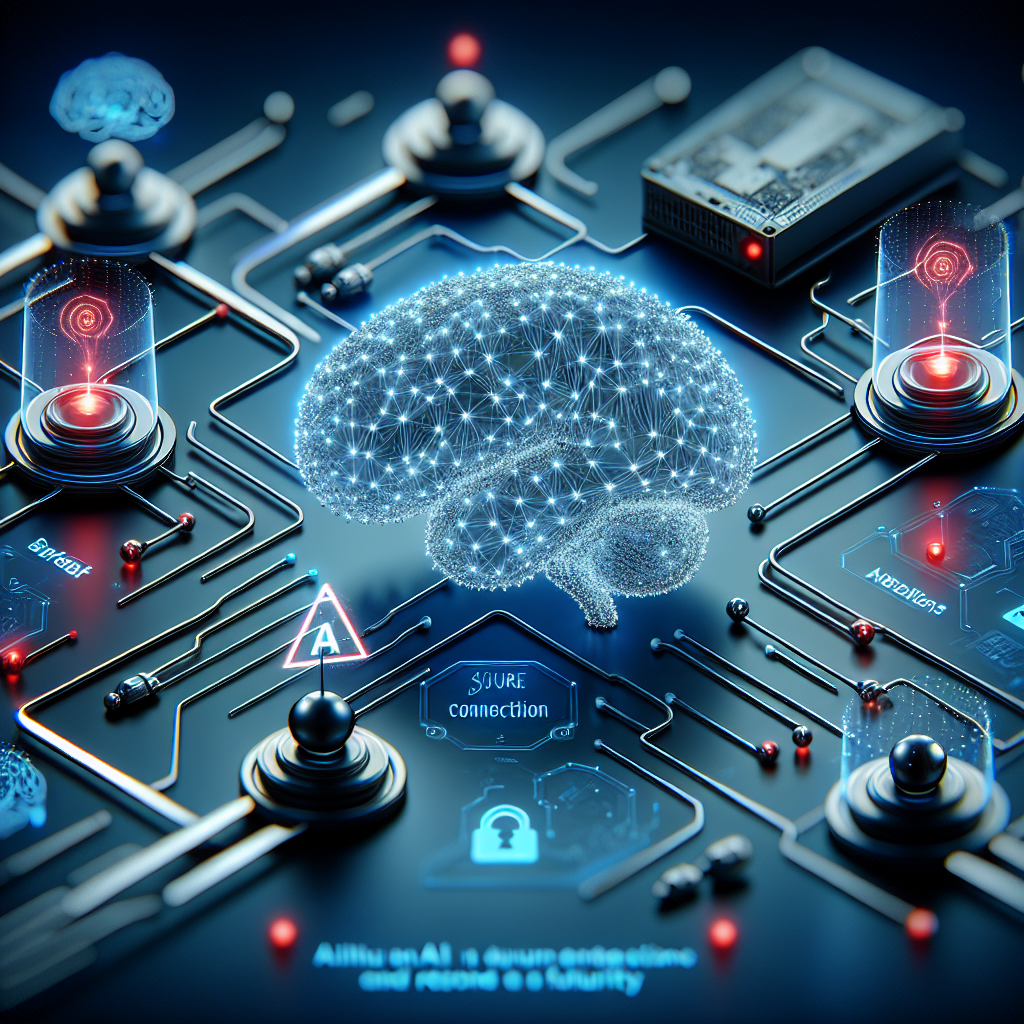Introduction
In today’s digital landscape, network security has taken center stage, driven largely by the rise of artificial intelligence (AI). As cyber threats evolve, organizations must adapt and employ innovative technologies to protect their assets. This article delves into the transformational power of AI in network security, exploring its impact on threat detection and response.
The Evolution of Network Security
The traditional approaches to network security, such as perimeter security and signature-based detection, are no longer sufficient. Here’s how the landscape has changed:
- Increased volume of cyber threats
- Complex attack vectors (e.g., phishing, ransomware)
- Remote work models expanding the attack surface
- Regulatory compliance demands
Key Statistics
| Year | Cybersecurity Breaches | Cost of Data Breaches (in millions) | Increase in Remote Work (% of Workforce) |
|---|---|---|---|
| 2020 | 1,500 | 3.86 | 42% |
| 2021 | 1,600 | 4.24 | 49% |
| 2022 | 1,800 | 4.35 | 54% |
AI’s Role in Threat Detection
Artificial intelligence enhances threat detection capabilities in multiple ways:
- Behavioral Analysis: AI algorithms can analyze user behavior patterns to identify anomalies indicative of potential threats.
- Predictive Analytics: Machine learning models predict possible attacks based on historical data.
- Automated Response: AI can facilitate real-time responses to detected anomalies, mitigating threats before they escalate.
Automating Threat Response
Automation is changing the groundwork of incident response through:
- Integration with Security Information and Event Management (SIEM) tools
- Utilizing orchestration platforms to streamline workflows
- Reducing Mean Time to Detection (MTTD) with immediate actions
Benefits of AI in Threat Response
Challenges and Considerations
Even with advancements, organizations must be aware of the challenges:
- Data privacy concerns
- Reliance on AI without human oversight
- Potential for adversarial attacks against AI models
The Future Landscape of Network Security
The integration of AI into network security is inevitable, resulting in a more resilient ecosystem. Key advancements to watch include:
- Cognitive Security: Systems that not only detect threats but also learn and adapt.
- AI-Enhanced Threat Intelligence: Sharing actionable insights derived from AI across organizations.
- Continuous Learning: AI algorithms improving through regular updates based on emerging threats.
Conclusion
The role of AI in network security is pivotal to confronting the sophisticated cyber threats of today. Emphasizing predictive analytics and automated responses bolsters defenses while optimizing human resources for more complex tasks. As organizations embrace AI solutions, the future of network security appears promising, albeit with inherent challenges that demand meticulous oversight.
Frequently Asked Questions (FAQ)
1. How does AI improve threat detection?
AI enhances threat detection through behavioral analytics, predictive modeling, and the ability to analyze large data sets quickly.
2. Can AI fully replace human cybersecurity professionals?
No, while AI automates certain tasks, human oversight remains critical for complex decision-making and strategic planning.
3. What are some common AI tools in network security?
Tools like CrowdStrike, Darktrace, and Splunk employ AI for anomaly detection, threat intelligence, and incident response.
4. Are there risks associated with AI in cybersecurity?
Yes, risks include data privacy issues, potential biases in AI algorithms, and adversarial tactics targeting AI systems directly.
5. What is cognitive security?
Cognitive security refers to systems that learn and adapt to threats over time, using AI to improve their accuracy and effectiveness continuously.
